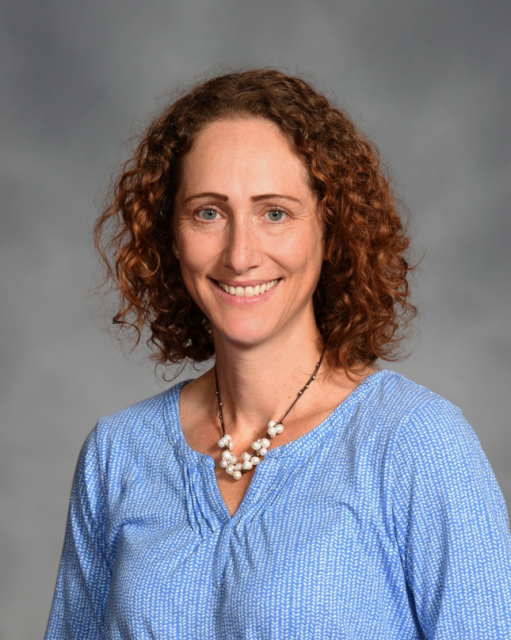Abstract:
Solar light harvesting and interconversion of solar energy into either electricity or driving force for small molecule activation reactions are critical to the production of energy and other processes that our society requires to function. In this talk, I will discuss three projects united by photochemistry, each with their own application. In the first vignette, I will discuss a porphyrinoid complex, called a Pd(II)biladiene, This Pd(II)biladiene moiety was designed for use as a photosensitizer drug for photodynamic therapy. Up until this point, the excited-state dynamics of such biladiene complexes have been virtually unexplored. During our work on this moiety, we discovered that while excitation into the lowest-energy absorption feature of the Pd(II)biladiene complexes produces expected photophysics, interestingly, excitation into higher-lying excited states resulted in an additional, unexpected lifetime. I will discuss our work to propose the cause of this unexpected behavior. In the second vignette, I will discuss our recent work on a ubiquitous industrial dye that is a major cause of pollution in developing countries. Azo dyes are a class of organic molecules defined by an N=N double bond connecting two aromatic moieties. They are the single most common dyes used in industrial processes, found in everything from colorants and cosmetic additives to textile reagents, biologic indicators, and organic synthons. They present a significant pollution problem because untreated dyes released into waterways can be ingested and are toxic to humans and animals. Our recent studies shed light on their photophysics and how we can manipulate their photophysical evolution. In the third vignette, I will discuss a Re-carbonyl complex that we designed for use in excited-state proton-coupled electron transfer (PCET) mechanistic investigations. PCET mechanisms can be employed to improve energetic and kinetic favorability of chemical transformations or to direct chemical reactivity, and we can seek additional energetic advantage by using solar energy to drive such coupled reactions. This Re-carbonyl complex has demonstrated an unexpected photophysical dependence on the ligand protonation state that we rationalize using density functional theory calculations.
Bio:
Elizabeth R. Young grew up in eastern Pennsylvania in the United States. She attended Haverford College as an undergraduate where she majored in Chemistry and minored in German, while also playing intercollegiate soccer and squash. As an undergraduate researcher, Liz worked in with Prof. Julio de Paula on porphyrin-peptide nano-wires – during which time her love of photochemistry and spectroscopy was ignited. After completing her undergraduate studies, Liz spent a year abroad in Germany as a participant in the Congress-Bundestag Youth Exchange for Young Professionals. While in Germany, Liz learned about the German culture and language while working in the biophysical laboratory of Prof. Dr. Joachim Spatz at the University of Heidelberg. Upon returning to the U.S., she attended graduate school at the Massachusetts Institute of Technology earning a Ph.D. in Physical Chemistry. Her work in the laboratory of Prof. Daniel G. Nocera focused on photo-induced charge transfer coupled to proton motions in small-molecule donor-acceptor systems. Liz then spent two years as an NSF ACC-F post-doctoral fellow in the electrical engineering laboratory of Prof. Vladimir Bulovic at MIT learning about charge transfer in organic semiconductor devices.
In 2011, Liz began her independent career working with undergraduate students at Amherst College. Liz moved back to Pennsylvania in 2017 to Lehigh University where she is currently an Assistant Professor. Her research efforts focus on understanding excited-state charge transfer processes for a range of applications, including excited-state proton-coupled electron transfer reactions in model system and photo-induced charge transfer in materials of interest for next generation photovoltaic devices.
Speaker:
Institution:
Location:

